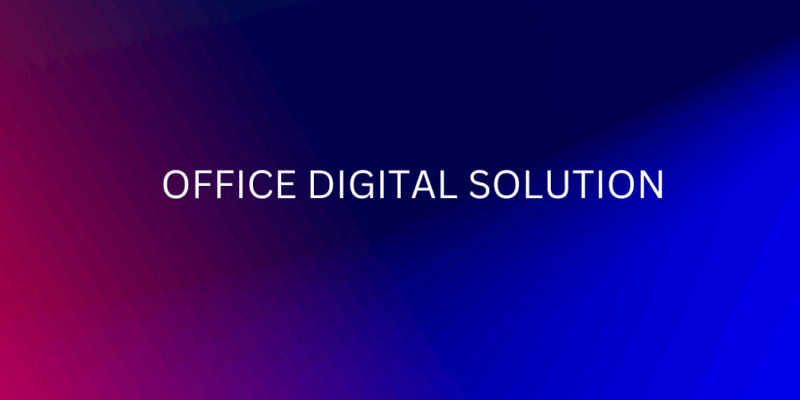In today’s hyper-connected world, data is no longer just a byproduct of business operations—it is the business. And now, with the rise of real-time data analytics, organizations aren’t just reacting to trends; they’re shaping them as they happen. This shift marks a new era in digital transformation: real-time transformation.
From Retrospective to Real-Time
Traditionally, companies relied on historical data to make decisions. Monthly reports, quarterly reviews, and annual forecasts once guided everything from marketing strategy to supply chain management. While useful, this approach has limitations—mainly, it’s reactive. By the time patterns were identified, the moment to act had often passed.
Enter real-time data analytics. This technology enables businesses to capture, process, and analyze data as it flows in, offering up-to-the-minute insights that drive immediate action. Whether it’s monitoring customer behavior, managing inventory, or detecting fraud, real-time analytics allows companies to pivot in the moment—not after the fact.
The Engines of Real-Time Transformation
Several technological advances have made real-time transformation possible:
-
Cloud Computing: Scalable and accessible data storage and processing in the cloud allows real-time access from anywhere.
-
IoT Devices: Sensors and smart devices stream continuous data across industries, from manufacturing to healthcare.
-
Artificial Intelligence: Machine learning algorithms can sift through massive data sets in seconds, finding patterns and anomalies instantly.
-
Edge Computing: Processing data at or near the source reduces latency, making real-time decisions faster than ever.
Industry Impact: Real Examples
-
Retail: Brands use real-time analytics to personalize customer experiences, optimize inventory, and forecast demand on the fly. For instance, online retailers can offer personalized recommendations based on current browsing behavior—not just past purchases.
-
Finance: Real-time fraud detection systems analyze transaction data as it happens, flagging suspicious activity before damage is done.
-
Healthcare: Real-time monitoring of patient vitals enables faster, more accurate interventions, especially in emergency and critical care situations.
-
Manufacturing: Predictive maintenance powered by real-time data from IoT sensors reduces downtime and extends the life of machinery.
Why Speed Matters
In an economy where customer expectations evolve daily, speed isn’t just a competitive advantage—it’s a necessity. Real-time analytics empowers businesses to:
-
Reduce operational lag
-
Increase customer satisfaction
-
Make data-driven decisions instantly
-
Adapt to market changes in real time
Challenges and Considerations
While the benefits are clear, implementing real-time analytics comes with challenges. Data privacy, integration with legacy systems, and the need for skilled talent are significant hurdles. Businesses must also invest in robust data governance to ensure accuracy and security in real-time processing.
Looking Ahead
The future of business belongs to the fast. As real-time data becomes the norm, the ability to act instantly on insights will define market leaders. Real-time transformation isn’t just a buzzword—it’s a new operating model for the digital age.


